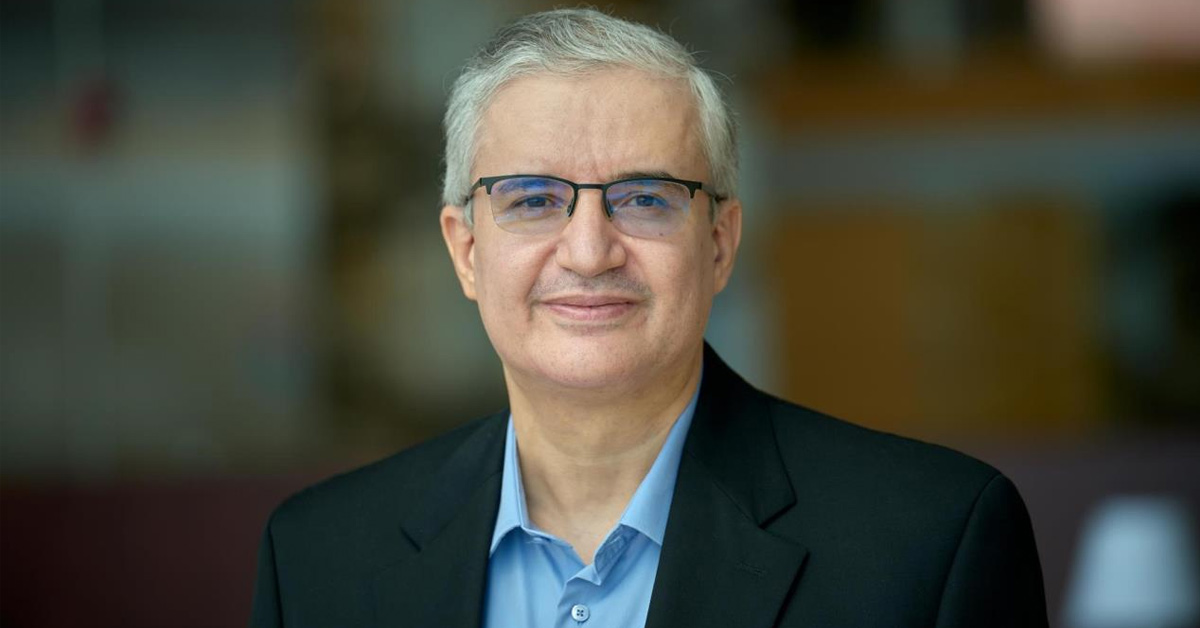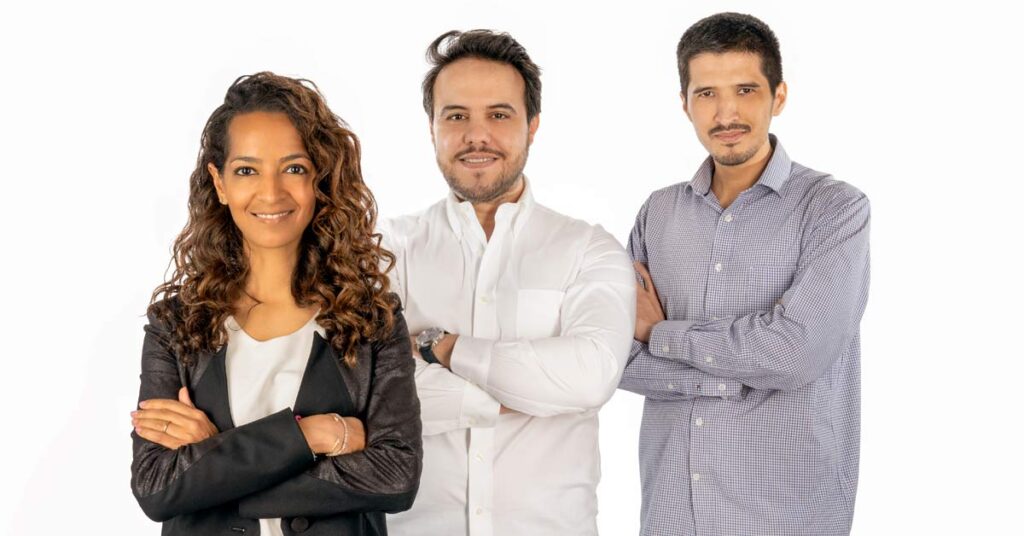Millions of Indian residents without access to basic internet service could soon have their lives transformed by tech experts.
A team at the King Abdullah University of Science and Technology (KAUST) in Saudi Arabia will discuss their research activities into a new, energy-efficient, high-speed system at the Global Sustainable Development Congress next week. Their work could give affordable access to the 730 million Indian people without an internet connection.
India has the second-highest digital population in the world after China, with 692 million people digitally connected, but it also has the largest offline population worldwide; 51% of the country cannot easily access the web.
Speaking of the idea, Project lead Mohamed-Slim Alouini, Distinguished Professor of Electrical and Computer Engineering at KAUST, said these pioneering technologies utilized a combination of space-based and aerial networks with the aim to deliver quality internet access similar to what expensive fibre optics deliver, but “at an affordable cost.”
Issues surrounding internet connectivity and new systems available for those who are disconnected will be among the topics for discussion at the Global Sustainable Development Congress, hosted by KAUST from May 30 to June 1, 2023.
“Internet accessibility rates are above 80% in developed countries, but nearly three billion people don’t have internet connectivity in poorer parts of the world — largely concentrated in rural, low-income and low-literacy areas,” said Mohamed-Slim Alouini
“Poor digital connectivity results in poor quality of life, low literacy rates and sluggish economic growth, which in turn fails to generate the financial resources needed for investment. It’s a vicious circle.” he added
Alouini said that current fibre network infrastructures were not only expensive, but they were also energy intensive and often impractical.
“In poorer or lower-population density regions, the cost of deploying an optical fibre network and related infrastructure, in particular a reliable electrical power grid, becomes prohibitive, and can greatly increase carbon emissions, as recent studies have demonstrated.” Alouini continued
Satellite and cellular networks evolved over the last few decades with a silo mentality, and this is one of the reasons behind the connectivity divide. The technology solutions being developed at KAUST support global coverage without relying on costly, on-the-ground infrastructure.
The project involves the deployment of three-dimensional integrated networks that encompass terrestrial, airborne, and satellite communications operating simultaneously over different parts of the electromagnetic spectrum. It will utilize terrestrial base stations, TV towers, drones, balloons, stratospheric high-altitude platforms (HAPs), and satellites. The system’s structure and resource allocations (such as spectrum) will be adapted based on population density and the required quality of service, and it can be made sustainable by using environmentally friendly transceivers and routers that harvest energy from renewable sources.
Alouini said that beyond “connecting the unconnected,” the solutions could also be used to enable the Internet of things in remote and hard-to-reach areas, providing smart exploration and monitoring of India’s many natural resources, as well as better food production and supply chain management solutions.
Alouini concluded by saying that the research focus on remote, low-income areas would help contribute to developing a “digitally inclusive and greener” future for India and other nations with large numbers of disconnected people: “Our research activities will hopefully not only reduce the inequalities between the ‘haves and have-nots’ in several social, educational, health, and economical domains but also contribute to the creation of new business and economic opportunities.”
ⓘ LAFFAZ is not responsible for the content of external sites. Users are required to read and abide by our Terms & Conditions.








